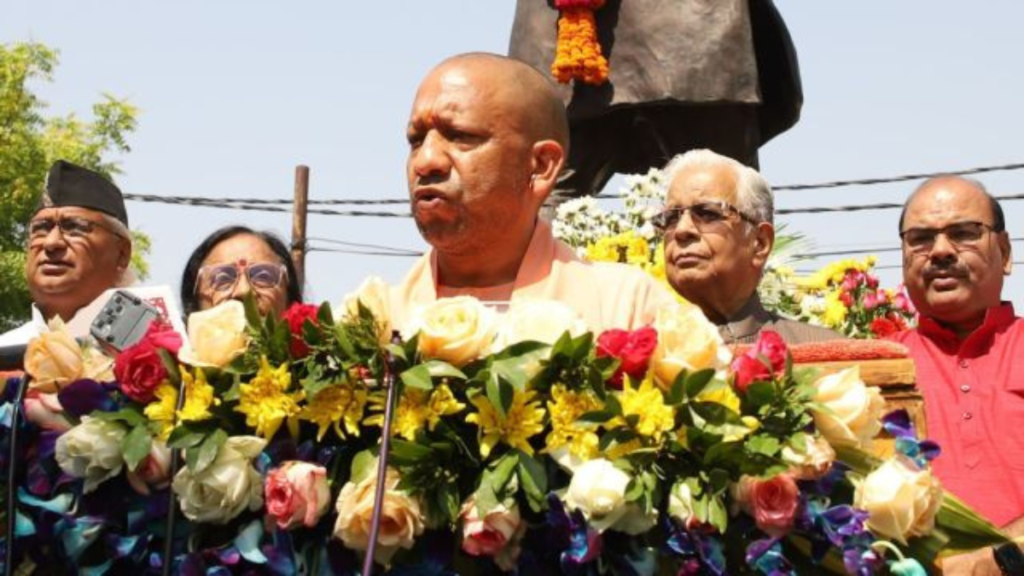Madrasa education reform has taken center stage in Uttar Pradesh as Chief Minister Yogi Adityanath pushes for a complete overhaul of the system. In a high-level meeting on Friday, the Chief Minister proposed forming a committee dedicated to introducing key changes in madrasas, ensuring that students receive a balanced education that goes beyond religious teachings.
Adityanath stressed that madrasas must meet strict infrastructural standards before they are officially recognized. He made it clear that students studying in these institutions should have access to the full spectrum of modern education, in line with the New Education Policy 2020. Mathematics, science, social science, Hindi, and English will now stand alongside traditional subjects like theology, Arabic, and Persian.
To spearhead these changes, Adityanath suggested forming a committee under the Director of Minority Welfare, Uttar Pradesh, with members drawn from the departments of basic education, secondary education, finance, law, and minority welfare. This committee will focus on creating a framework for smooth administration, job security for teachers, and improved learning opportunities for students.
The Chief Minister also highlighted the need to update the eligibility criteria for teachers and non-teaching staff. He called for making the selection process fair, transparent, and in sync with modern education requirements. The move comes at a crucial time, especially after the Supreme Court declared the Kamil (graduate) and Fazil (postgraduate) degrees awarded by the Madrasa Board unconstitutional, putting the existing degree structure under scrutiny.
During the meeting, officials from the Minority Welfare and Waqf Department presented an overview of the current situation. Uttar Pradesh has 13,329 recognized madrasas, where more than 12 lakh students are enrolled. Among these, 9,979 cater to Classes 1 to 8, while 3,350 offer education up to Classes 9 to 12.

Out of the total, 561 madrasas receive government grants, covering 2,31,806 students and employing 9,889 teachers and 8,367 non-teaching staff. Since January 2016, these staff members have been paid according to the Seventh Pay Commission’s recommendations. The Madrasa Portal, launched in August 2017, has streamlined processes such as online exams, certification, and verification, helping bring greater transparency into the system. As of now, 19,123 madrasas have registered on the portal, with 13,329 verified and locked.
Despite these efforts, a troubling trend has emerged. The number of students appearing for board exams has dropped sharply from 4,22,627 in 2016 to just 88,082 in 2025. Calling this a matter of serious concern, Adityanath stressed that quality improvements and broader access to modern education are necessary to reverse this decline.
The state government has already implemented the SCERT syllabus from the academic year 2025–26 for Maulvi/Munshi (secondary) and Alim (senior secondary) levels. Work is also ongoing to align the syllabus for Classes 9 to 12 with the State Secondary Education Council. This updated curriculum will allow madrasa students to gain a well-rounded education, opening doors to a wider range of career opportunities without losing touch with their cultural roots.
Through these ambitious reforms, Uttar Pradesh aims to shape a future where madrasa students are not limited by outdated systems but are empowered to thrive in an increasingly competitive world.
ALSO READ
SEVIS Reinstatement Brings Relief to 133 International Students
Inspire students to become creators of new knowledge, teachers told
Pingback: Girls' Excellence Marks UP Board Results 2025 -